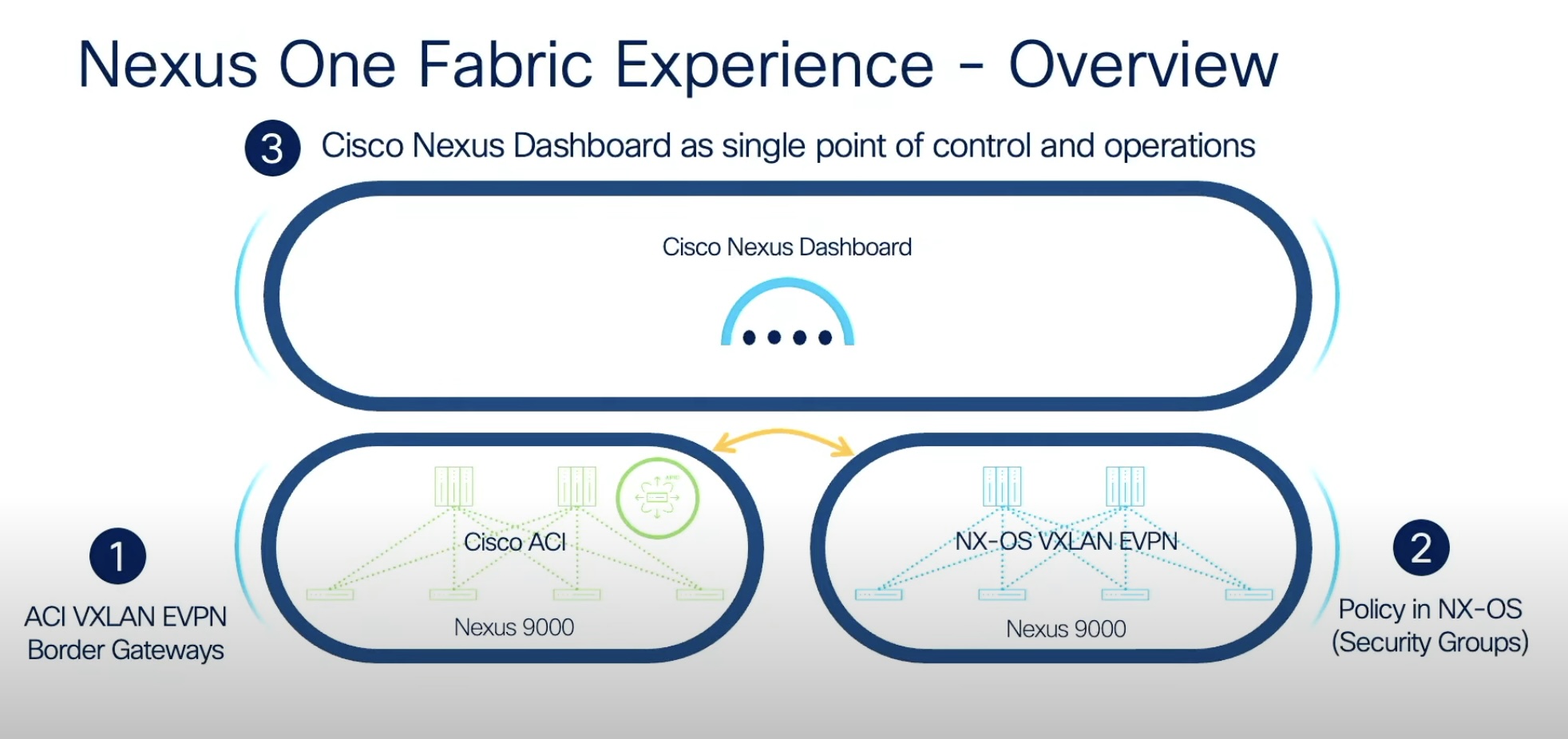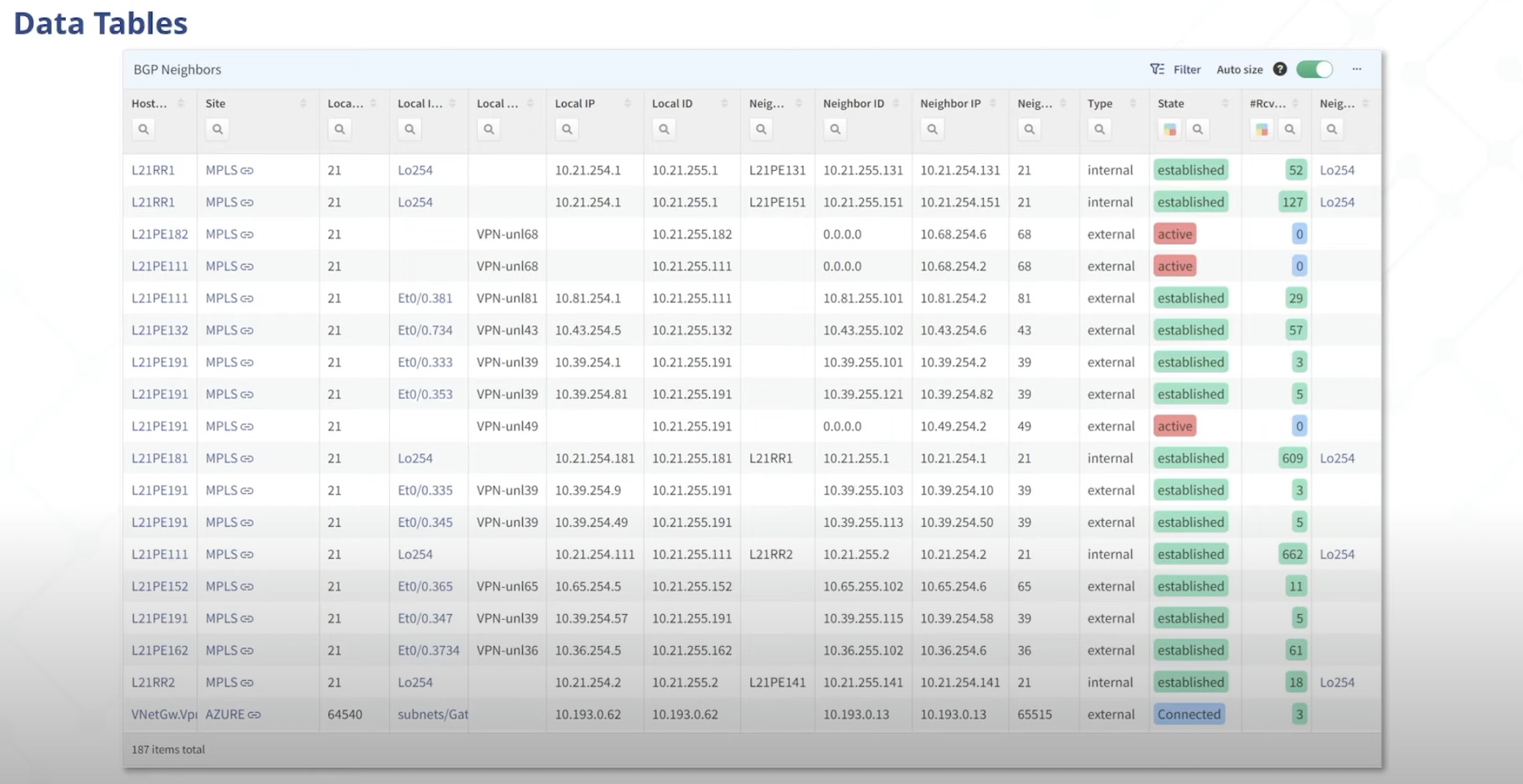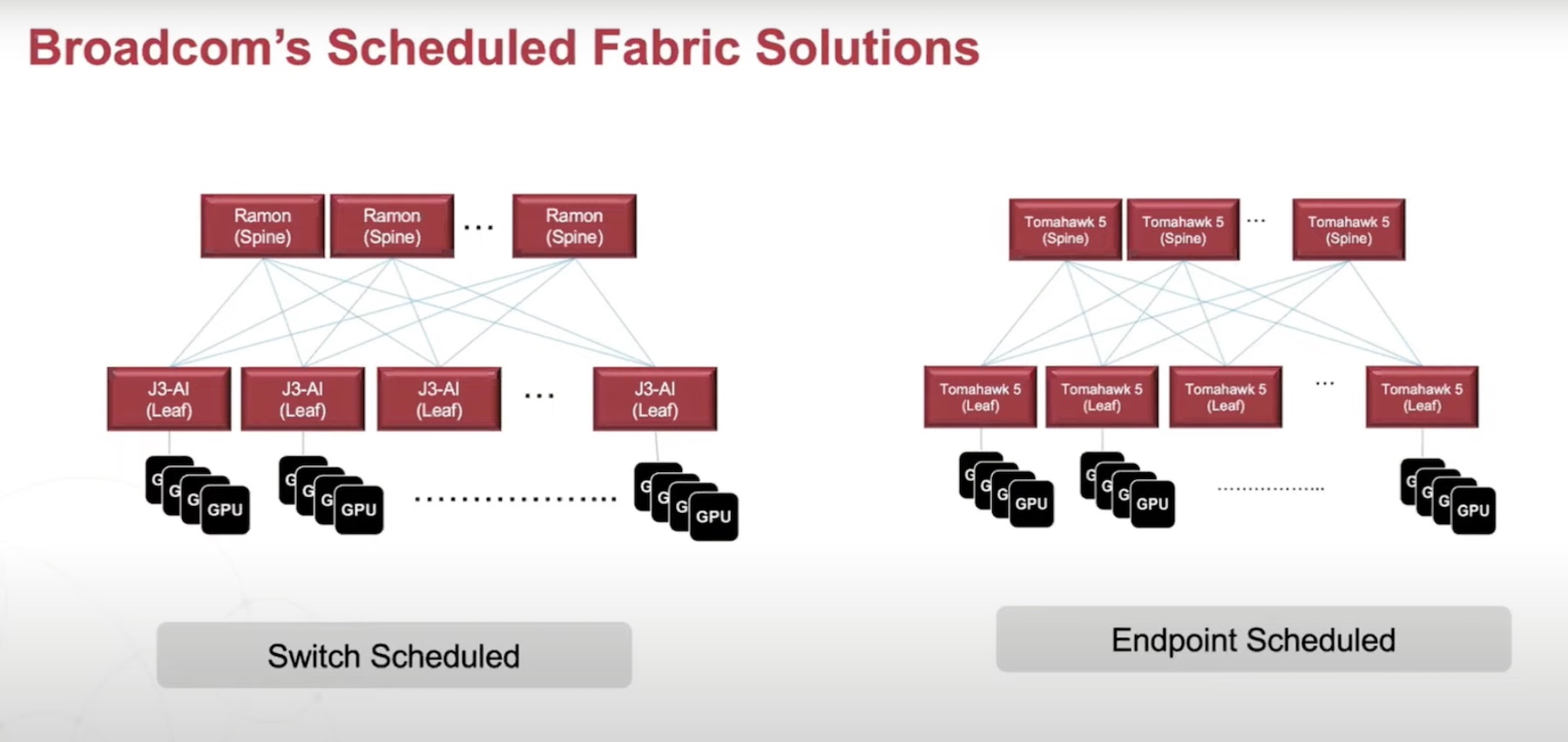I was going back through a list of blog posts and articles that I wanted to read and think on, and I came across a link to Dave Graham’s article titled Moving a Fabric forward: FCoE Adoption and other Questions. His blog entry was partially in response to my FCoE discussion post. His post got me thinking again.
It seems like anytime someone talks about FCoE, they end up also talking about unified fabric. After having read a number of different articles and posts regarding FCoE, I can see where FCoE would be attractive to shops with significant FCP installations. In my mind, though, this doesn’t necessarily mean unified fabric. Given the political differences in organizations–think the “storage team” and the “networking team”–how likely is it that an organization may adopt FCoE, but not unified fabric? Or how likely is it that an organization may adopt FCoE, intending it to be a transitional technology leading to unified fabric, but never actually make it all the way?
So here’s my question: is unified fabric an inevitability?
And here’s a related question: Most people cite VoIP as proof that the unified fabric is inevitable. More so than anything else, I believe VoIP’s success was more a reflection of the rising importance of TCP/IP networking. If so, does that give iSCSI an edge over FCoE? Is iSCSI the “VoIP of the storage world”?




